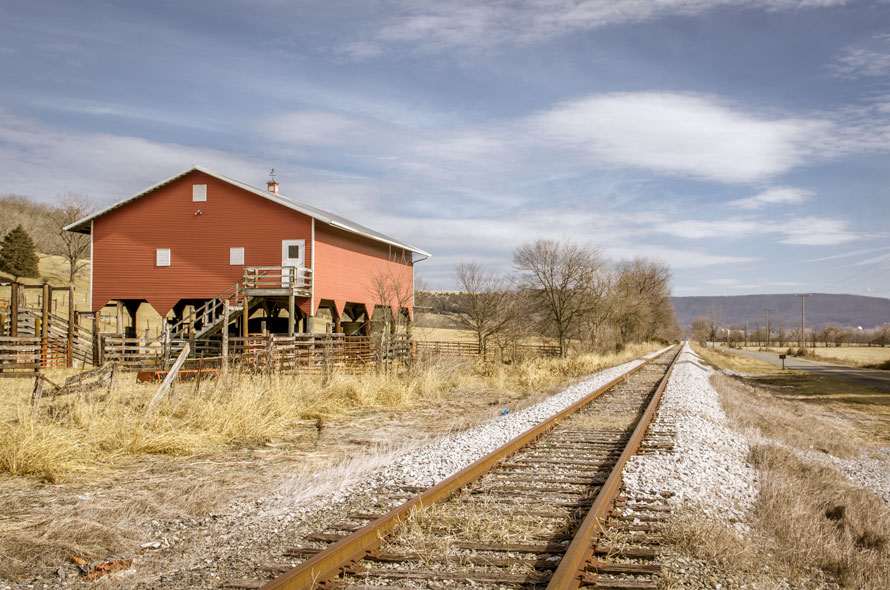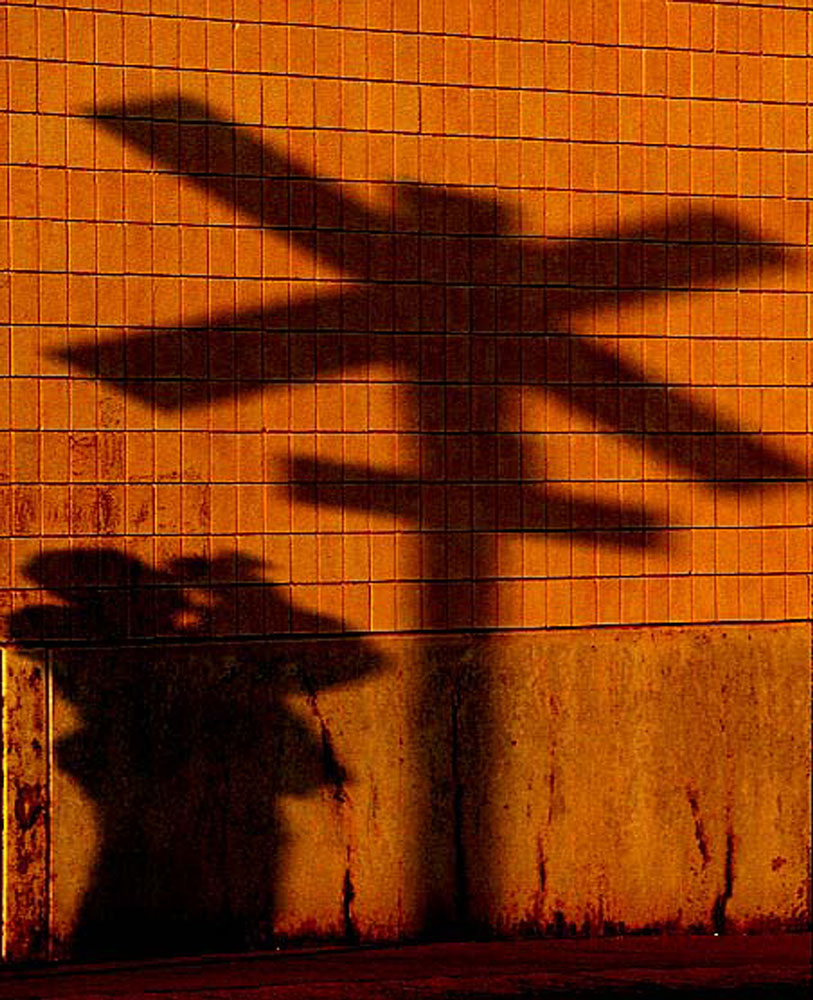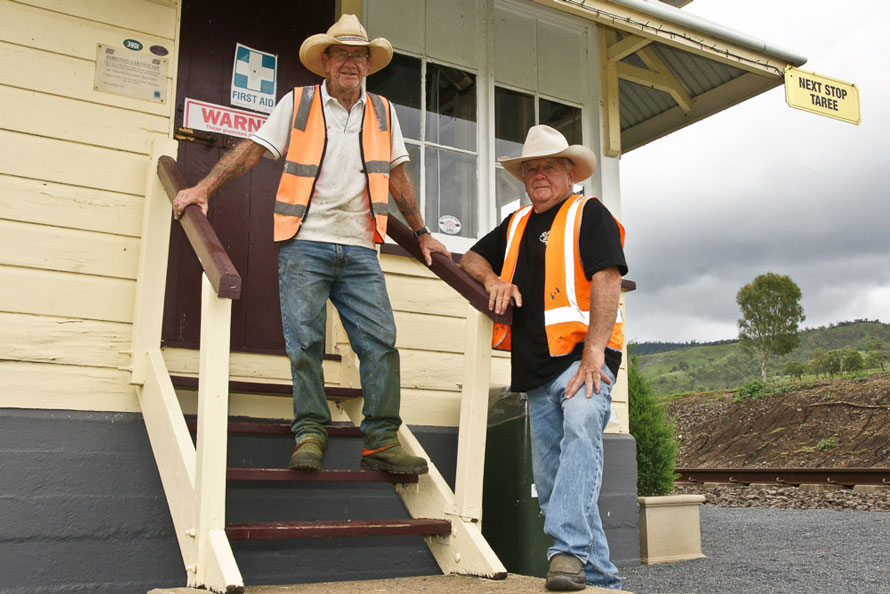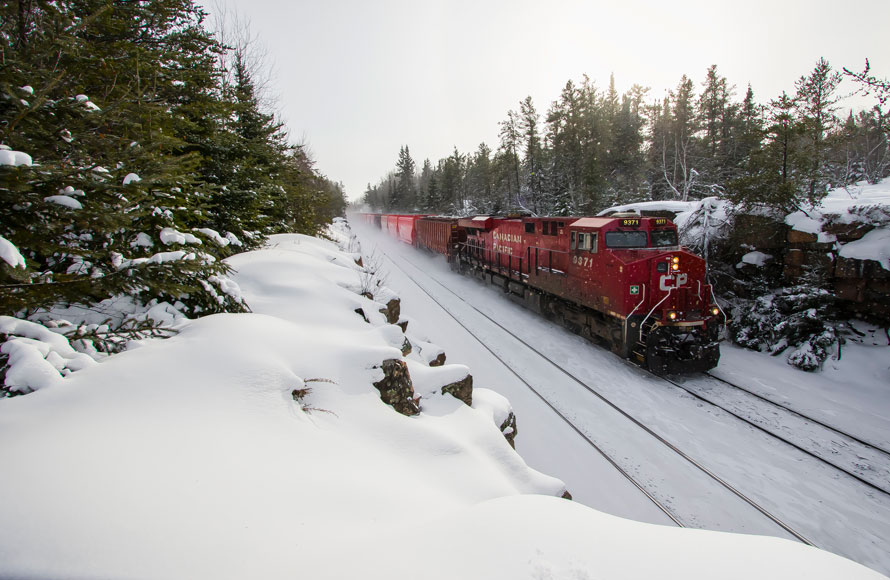The End of Mail Service on the Chesapeake & Ohio
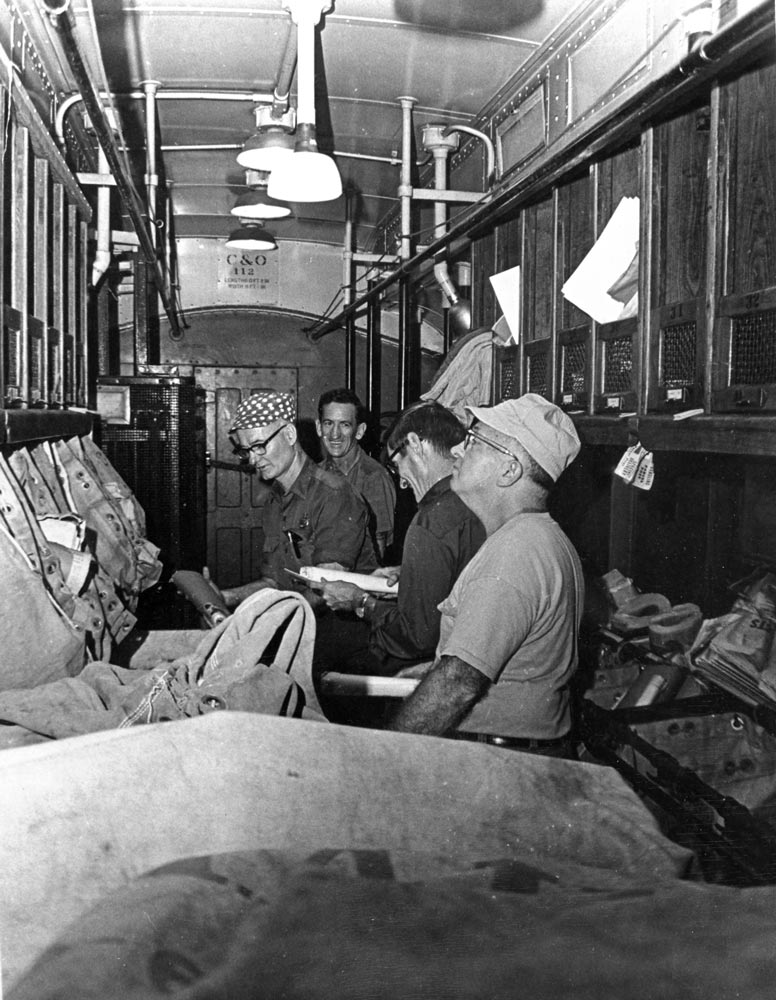
F. Douglas Bess, Jr. Collection
The Railway Post Office (RPO) was in existence for over 130 years and was an efficient way to move mail throughout the United States. Mail was sorted in-route for destinations to insure timely delivery. The RPO car was off-limits to passengers, and postal clerks were armed with pistols.
October 28, 1967, however, marked the end of through RPO mail service on Chesapeake & Ohio passenger trains between Washington, D.C. and Cincinnati, Ohio. Although some limited sorting of mail still existed, it was really the beginning of the Post Office Department’s move to handle mail on trucks and planes throughout the U.S. Read more

